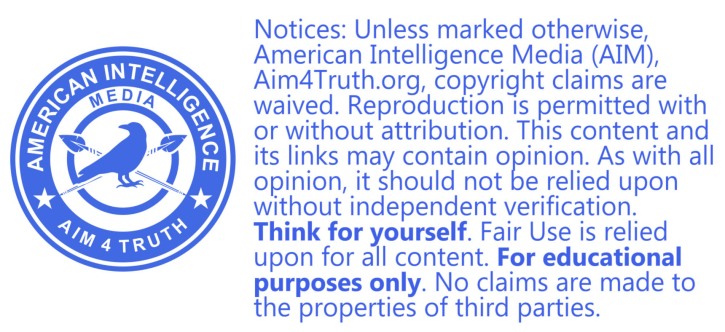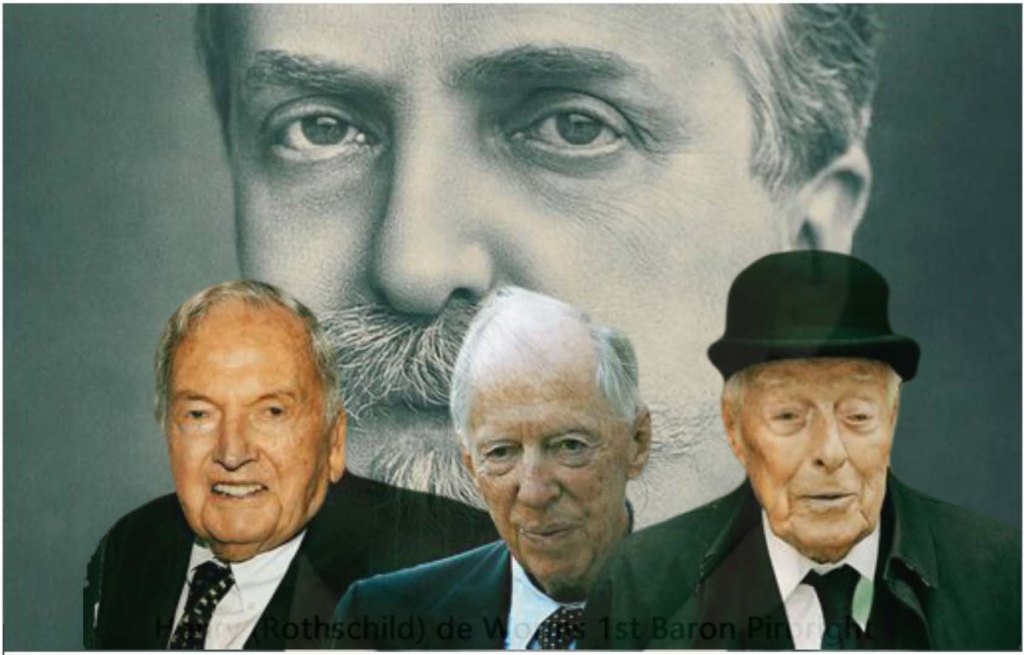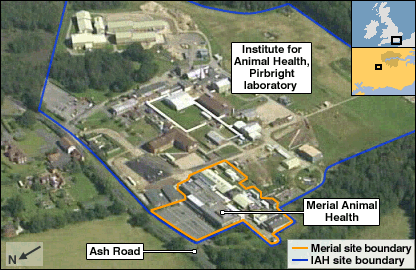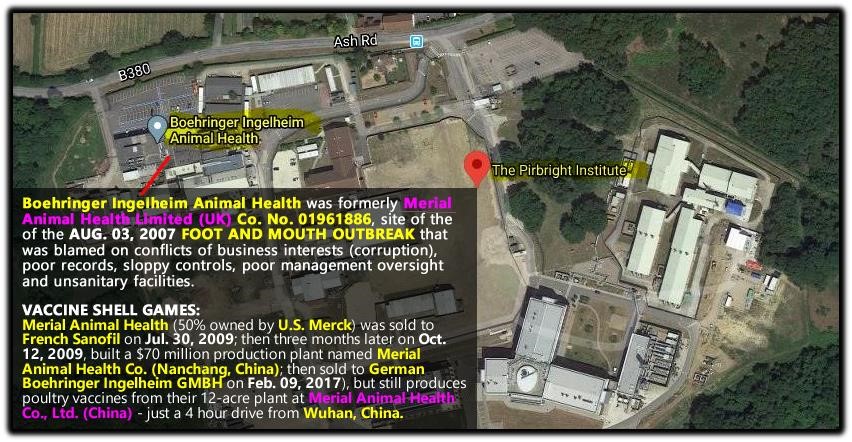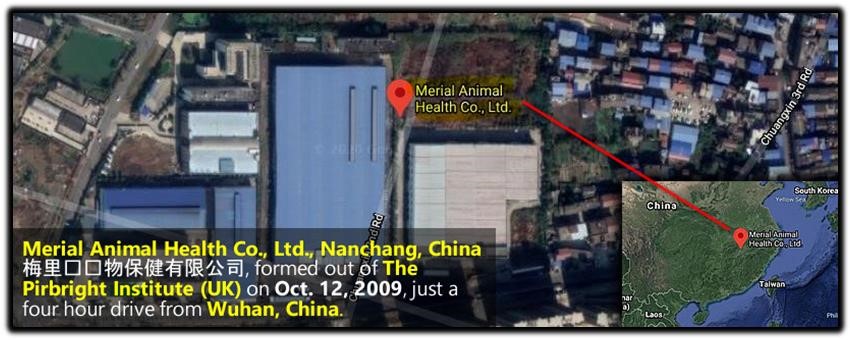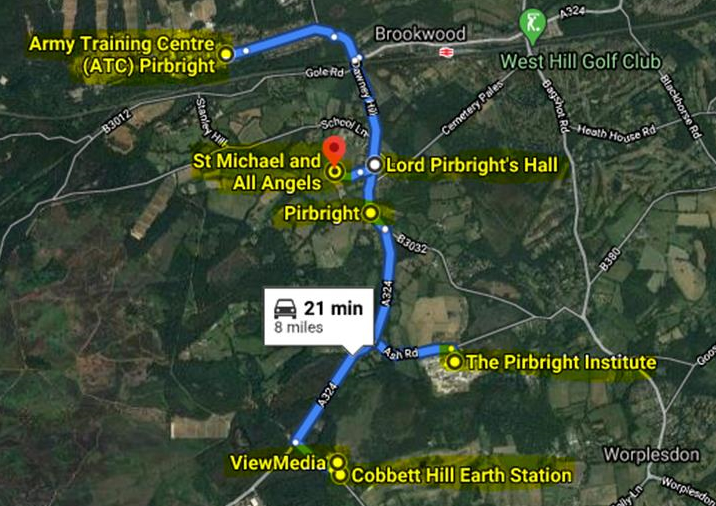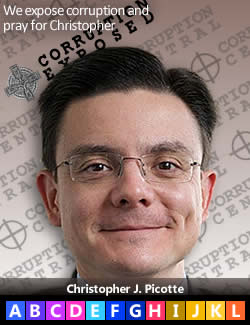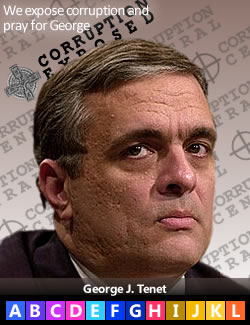In the public interest.
I felt to explore the disruption. It led me to the Australian Treasurer Josh Frydenberg. His speech is about digital disruption. I contemplate in the midst of the Coronavirus we all have to go online. Yet the virus is called mild I think people are sensing this perfect storm.
Perfect Storm: noun a detrimental or calamitous situation or event arising from the powerful combined effect of a unique set of circumstances:
a perfect storm battering corporate pension plans.
Yet the Prime Minister on the 15 March 2020 at his press conference stated the virus is mild…
“…But the truth is that while many people will contract this virus that it’s clear, just as people get the flu each year, it is a more severe condition than the flu, but for the vast majority, as I said last week, for the majority, around 8 in 10 is our advice, it will be a mild illness and it will pass. “ Prime Minister Scott Morrison..
Excerpts from Josh Frydenberg speech below:
“This perfect storm – decades in the making – has delivered what now seems like the overnight arrival of something that was previously inconceivable: artificial intelligence and machine learning...
In simple language, machines are providing insights and recognising patterns by rapidly processing data which allows predictions, and in many cases decisions, to be made….As companies adapt to this era of disruption, business transformation has become the order of the day....
This is where ensuring our education system, including early childhood, schools, VET and universities effectively respond to this challenge will be critical. Problem solving, data science and creative thinking are among the capabilities that will be in demand in this new work environment...
The services sector which makes up around 70 per cent of the Australian economy compared to around 60 per cent three decades ago, tends to by its nature to have lower levels of productivity. Services are more labour intensive and less likely to see capital substitution. However, with the maturation of emerging technologies this could change…
Moreover, the nature of the services offered by both Google and Facebook allow them to collect an unprecedented amount of personal data, which is then monetised by providing advertisers with highly targeted opportunities…
While the opportunities are boundless, with McKinsey suggesting that automation technologies could add up to $4 trillion to the Australian economy over the next 15 years, the threats are also real…
So how much and how quickly our productivity increases from here will depend in part on how governments, employees and employers respond to this changing technology landscape...
Our goal – which I am confident that we can achieve with the right policy settings across both the public and private spheres – is to ensure that when these technologies become part of our everyday life they will contribute to a more prosperous, secure and harmonious future for all Australians.
A few questions:
Should we as Australians or anyone in the global community have a vote on whether we want this digital future that gathers our data and knows everything about our lives ?
Who truly benefits – the community or global IT business?
What about public needs, wants and rights to privacy?
What about the vulnerable and the homeless?
How will they survive in disruption? To-date clearly the money to house every person is there but not actioned. What of the treatment of those vulnerable in detention centres? Who truly cares?
Will this imposed future be democratic and foster happiness in our society or will our lives be automated and focused on the cryptocurrency of inclusion and exclusion?
What of breaching ecological tipping points given economics is about growth not balance?
Lastly, and most importantly, what are the health impacts from electromagnetic frequency (EMF)?
The International Agency for Research on Cancer (IARC), the cancer agency of the World Health Organization (WHO), in 2011 concluded that EMFs of frequencies 30 KHz – 300 GHz are possibly carcinogenic to humans (Group 2B).
Refer links:
https://www.gaia.com/article/5g-health-risks-the-war-between-technology-and-human-beings
https://ehtrust.org/wp-content/uploads/Scientist-5G-appeal-2017.pdf
There needs to be a broader discussion to ascertain if this adverse health impact is true. Does it create a major health problem greater than the coronavirus?
The Hon Josh Frydenberg MP
Treasurer
Federal Member for Kooyong
SPEECH
“THE AGE OF DISRUPTION”
SIR ZELMAN COWEN ORATION
VICTORIA UNIVERSITY, MELBOURNE
29 August 2019
***CHECK AGAINST DELIVERY***
It’s a great privilege to deliver this oration in Sir Zelman Cowen’s name and I want to thank the Cowen family and Victoria University for the opportunity.
As Glyn Davis and Peter Dawkins wrote in The Australian just a few days ago, Victoria University is one of only a small number of dual-sector universities providing a highly innovative and quality education both in the tertiary and vocational streams.
With the wave of new technology challenging our traditional methods of learning and the institutions that provide it, it is only appropriate that the Sir Zelman Cowen Centre is hosting key stakeholders for an important upcoming discussion about the future of universities.
As a Vice-Chancellor, Provost and Dean, Sir Zelman was a great educator and reformer, always appreciating the wonders of learning and curious about the future.
He would be proud that the Centre in his name is promoting this important debate.
Sir Zelman Cowen was a giant of a man and a dear friend and mentor.
I will never forget his generosity of spirit and his intense loyalty as a friend as we sat together each weekend for many years talking about his life and the changing world in which we lived.
While never a meeting of equals, he ensured age was no barrier to friendship, always putting me at ease.
He never needed to demand respect or command obedience but by virtue of his very nature and being, he simply earned it.
He was always proud of his immigrant background and his Jewish faith and he never sought to distance himself from his heritage during his long and distinguished career.
He is an inspiration to many.
And as our nation’s nineteenth Governor-General, he brought a touch of healing to the country and set a standard that is the benchmark for those who have followed.
He was always above the rancour of partisanship – earning respect from all sides, devoting his life as he did to public service.
But for all that Zelman achieved in public life, he knew none of it would have been possible without the support of his wife of sixty years, Anna.
Their marriage was a true partnership based on eternal love and respect, and I want to thank Anna for being here today, pass on our best wishes for a speedy recovery after a recent fall, and thank her for her enduring friendship.
It would be remiss of me as well not to plug her recent brilliant book titled My Vice-Regal Life which published her personal diaries from the Cowens’ time at Yarralumla.
Like Zelman, Anna possesses a sharp wit and a great sense of humour.
For example, recording on one occasion an investiture by Sir Zelman where he was waving a sword wildly around, saying after the event that it was remarkable that they didn’t have to pick up peoples’ ears from the floor!
This evening I ask you to lend me your ears as I share some thoughts on an issue that affects the future of all of us – namely that we are living in the age of disruption.
The world has seen nothing like it. Big data, artificial intelligence and the explosion in connectivity.
It is the fourth industrial revolution.
The first being the use of steam to mechanise industries and the Dickensian conditions it created in the factories of England in the 1800s.
The second saw the arrival of electricity and the third the development of the computer and with it the proliferation of information technology.
This fourth revolution is different in both nature and scope. Developing exponentially rather than in a linear fashion.
It is less about disseminating information to the wider public, as was the case with the invention of the printing press, but more about algorithms and data as new building blocks to fundamentally change the way we do thing across every sector of the economy.
From energy to education, health and hospitality, mining and manufacturing and even to administration and agriculture.
While the opportunities are boundless, with McKinsey suggesting that automation technologies could add up to $4 trillion to the Australian economy over the next 15 years, the threats are also real.
Cyber security, privacy concerns, competition issues, the integrity of the future of our tax base and the future of work are among them.
A little less than a century ago John Maynard Keynes gave a famous lecture entitled ‘Economic possibilities for our grandchildren’ where he predicted an era of progress where by 2030, technology would not only boost incomes and ultimately solve the production problem, but also reduce the need for labour to a 15 hour work week.
So far he been broadly right on incomes and production, but as for his concept of ‘technological unemployment’ society has found new ways to productively deploy labour in response to the age of disruption.
Our task today as the French Noble Prize winning economist Jean Tirole has pointed out, is to anticipate the challenge that has come with the digital revolution so we can adapt to it as we have done with previous revolutions, rather than merely endure them.
Against this backdrop, I want to talk about three things tonight:
- First, how this digital disruption is playing out and how it will continue to evolve;
- Second, the implications of this for the Australian economy; and
- Third, how the Government is responding to these developments.
* * * * *
Disruption that is unfolding around us
The ability to deconstruct information into bits – ones and zeroes – and seamlessly duplicate and distribute this data through a network of networks has led to an explosion of connectivity and facilitated the rise of the digital economy.
More than half the world’s population are using the internet, and as at December 2018, the United Nations estimated there were some 5.2 billion active mobile broadband subscriptions globally.
Network effects, which occur when the usefulness of a service grows exponentially with the number of users and providers, are flourishing now – and at a scale never seen before.
For example in Australia, there are now more than 80,000 active drivers using the Uber platform, supplying services to around 4 million Australian customers.
Two sided digital platforms are allowing unprecedented numbers of buyers and sellers to come together and interact.They are empowering consumers to make better choices about the products and services they purchase, including a more personalised matching to an individual’s preferences.
These platforms are enabling unused capacity to be filled and utilised more efficiently.
Today we are seeing play out before our eyes the combined effects of:
- a massive increase in digital data;
- the growing force of computer power;
- the ascent of new platforms;
- new organising principles of powerful algorithms;
- the development of advanced analytical tools and techniques; and
- unprecedented ease of connectivity between people.
This perfect storm – decades in the making – has delivered what now seems like the overnight arrival of something that was previously inconceivable: artificial intelligence and machine learning.
In simple language, machines are providing insights and recognising patterns by rapidly processing data which allows predictions, and in many cases decisions, to be made.
For example, Qantas has partnered with the University of Sydney’s Centre for Field Robotics to create a new system called ‘Constellation’ which brings together a database with a decade of weather patterns and combines it with aircraft capability to map out the optimal flight path.
Qantas believes that by sending its aircraft into the strongest jet streams, the system can reduce its fuel bill by $40 million a year and reduce its CO2 emissions substantially.
With greater connectivity and growing networks the so-called Internet of Things is also coming into its own.
Cheaper and more widely available broadband along with huge advances in Wi Fi and sensor technologies has meant that more and more devices and equipment can be connected to the internet.
Business equipment, vehicles, household appliances and wearable devices can communicate with each other and generate data.
For example, your mobile device can be used both remotely or automatically, to change the temperature settings in your house, such as through the air-conditioning system to respond to the movement in electricity prices through the day.
This saves customers money and improves the reliability of the system.
We are now only at the very nascent stage of the Internet of Things and the upward trend in data generated will accelerate into the future.
A super-connected world, combining billions of people with artificial intelligence, online transistors and real life data sets the scene for a process of constant change and improvement.
* * * * * *
As companies adapt to this era of disruption, business transformation has become the order of the day.
For many companies this means devising new digital strategies, new business models and more.
As reported in The Economist last year, of America’s 20 most valuable non-tech firms, 14 have a digital dimension to their strategies.
The message is every firm needs to adapt and look for new opportunities.
Mining
In Australia we’re seeing a big transformation in our world leading mining companies.
Rio Tinto for example has recognised that its future success cannot solely rely on traditional mining mindsets and its legacy asset bases.
It is leading the way internationally with autonomous mining operations in the Pilbara.
Autonomous long distance trains, autonomous haul trucks and autonomous drill systems – all monitored from a control centre located 1,500 kilometres away in Perth.
Its ‘Mine of the Future’ programme will allow assets to be networked together across all components of the mining value chain.
Machines talking to machines will help reduce variability through the system and improve both safety and productivity.
Today’s mining engineers – and those into the future – will be equally specialised in data analytics and artificial intelligence, as they will be in their knowledge of ore bodies.
Autonomous vehicles
Disruptive technologies like autonomous vehicles are likely to profoundly reshape mobility within cities – they will fundamentally change the way people get around and will shape how cities grow into the future.
General Motors has said it is committed to introducing an autonomous ride sharing service to several big cities in the United States and is aiming for a future of zero crashes, zero emissions and zero congestion.
As with other digital technologies there will be powerful network effects at play.
Of course when it comes to autonomous vehicles, there has been a great deal of promise.
But we should remember Amara’s Law – that we tend to overestimate the impact of a new technology in the short-run, but we underestimate it in the long run.
Healthcare
With a growing and ageing population, there is tremendous upside potential from technology innovation in the health care sector.
As the Productivity Commission has noted, the health sector is very good at generating and storing data, but less effective at translating this data into useful information.
The expanded use of health information and digital technologies – including e health records – can help establish a better evidence base, deliver better quality care, reduce medical errors and streamline administration and overall healthcare efficiency.
Data that allows performance monitoring and comparison of government activities in the healthcare space is a fundamental starting point for improving the delivery of those activities to the community.
At an individual level, data collected through personally controlled devices such as smartphones and health monitors have huge potential to assist medical practitioners and patients.
Looking back over the twentieth century the advancements in health technology have been astounding, for example the introduction of magnetic resonance imaging machines, DNA mapping and antibiotics.
Advances in artificial intelligence are adding to these. For example, we don’t just have MRI’s, we can now use machines to help interpret MRI’s.
Financial Services and Digital Currencies
Australia’s financial sector is also experiencing a wave of innovation-driven disruption with the emergence of the ‘fintech’ sector, using data and latest technology to design and offer better and bespoke products and services.
For example, it is facilitating the development of new payment products with financial services firms having begun to collaborate with technology firms, including most notably Apple’s agreement with the major banks to allow their customers to use Apple Pay.
Closely related to disruption in financial services has been the development and substantial interest in virtual currencies or cryptocurrencies as they are better known.
As the Reserve Bank Governor Phil Lowe has noted, as people’s needs change and technology improves so too does the form that money takes.
Already in Australia we have seen a significant shift to electronic payments with the proportion of cash transactions made by households falling from around 70 per cent in 2007 to 37 per cent by 2016 – with Australians enthusiastic adopters of ‘tap and go’ payments.
The Reserve Bank’s New Payments Platform launched in early 2018 has leveraged digital technologies to improve payment services – allowing Australians to settle their bills in seconds, 24/7 with instant settlement and funds availability.
Cryptocurrencies are designed to mimic cash transactions allowing peer-to-peer transfers of value, without the need to know or trust the other party in the transaction or for any central body to act as an intermediator.
For all of the noise around cryptocurrencies such as Bitcoin, the reality is that they are not currently being widely used for everyday payments.
However Bitcoin’s creation and that of the new Libra currency still in development by Facebook has been instigated through the development of blockchain technology.
These are developments that regulators are watching closely.
It is worth remembering that Governments exist to provide essential public goods and money is one of these very important public goods, providing a store of value, a unit of account and a medium of exchange.
* * * * *
The implications of digital disruption for the Economy
The underlying characteristics of digital technologies – and their application – are having profound impacts on the economy.
These impacts spread across jobs; competition, productivity; and of increasing focus, the tax base.
The future of work
The future of work looms large in the transition to a digital economy as it has done with the previous three industrial revolutions.
Technology has always led to a shift in the types of jobs and skills required.
This does cause people concern as they feel more insecure, not just about their job today but also the future job prospects, including for their children.
This can play out in two ways with the rise of automation and robots taking what would otherwise have been the work of people and the existence of the gig economy which sees workers on short-term contracts or undertaking freelance work paid for a service as opposed to being a permanent employee.
This could include everything from ride share drivers, freelance journalists, self-employed independent contractors and a myriad of services like bookkeeping.
This on-demand workforce is made available by platforms like AirTasker, Freelancer and Uber.
The gig economy which is still emerging may provide for some people greater flexibility, job entry opportunities and satisfaction to workers on the one hand, but on the other, raises challenges around the regulatory framework and its enforcement and the constancy and security of employment.
In each of the industrial revolutions, there has been a shift in the makeup of the workforce.
The question that still remains unanswered for the future of digital revolution is will technology complement and augment the capabilities of workers leading to higher productivity, higher wages and higher output as has been the case with the arrival of the three previous revolutions?
This is where ensuring our education system, including early childhood, schools, VET and universities effectively respond to this challenge will be critical. Problem solving, data science and creative thinking are among the capabilities that will be in demand in this new work environment.
Technology’s impact on productivity
For all of its promise, the digital revolution has been slow to show up in the measured productivity figures as might have been expected.
As I said earlier this week in a speech to the Business Council, there seems to be three main factors at play.
First, as the OECD has found, while innovations are clearly occurring giving benefit to some firms, they have not spread as widely to other firms across the economy as one would hope.
There is a clear gap between those at the frontier and the rest. Many firms appear to be waiting for technologies like Artificial Intelligence, autonomous vehicles or the Internet of Things to mature before they adopt them.
Second, for some technologies it takes time for the full benefits to be seen. This was the case for electrification which arrived in the United States in the 1890’s but took 30 years for factories to reconfigure their processes to enable them to maximise the gains.
A corollary today is the effective use of machine learning which requires a new approach with the right data sets, skill technicians and analysts as well as a regulatory framework fit for purpose.
And third, there is a long run structural shift in the Australian economy towards services as incomes rise.
The services sector which makes up around 70 per cent of the Australian economy compared to around 60 per cent three decades ago, tends to by its nature to have lower levels of productivity.
Services are more labour intensive and less likely to see capital substitution.
However, with the maturation of emerging technologies this could change.
So how much and how quickly our productivity increases from here will depend in part on how governments, employees and employers respond to this changing technology landscape.
* * * * *
How is the Government responding?
At a time of significant technological disruption, questions arise as to what role the government should play and to what extent will it need to impose new regulations?
As with many things governments do, this is all about getting the balance right and exercising judgement around the trade-offs that inevitably arise.
Too much regulation and the incentive to invest will be stifled, while too little regulation and consumers may not trust the products and new services that result.
Digitisation is having an impact in areas which are firmly within the realm of governments.
This includes intellectual property rights; privacy; competition law; employment law; regulation; taxation and cybersecurity.
Governments recognise their obligation to their citizens to ensure their interests are protected as are those of the community as a whole.
As digital revolution rolls on, people need to have confidence in the system’s underpinnings.
Again, as Jean Tirole has observed, social acceptability of digitisation depends on us believing our data will not be used against us; that online platforms will respect the terms of our contracts them; and that their recommendations will be reliable.
* * * * *
In this regard, I wanted to briefly mention tonight three areas of policy reform which fall within my remit as Treasurer and are directly related to the regulatory framework underpinning the growing digitisation of Australia’s economy.
There are the implementation of the Consumer Data Right; the ACCC’s Digital Platforms Inquiry; and reforms to ensure Australia’s tax system is able to meet the challenges of a more digitalised economy.
The Consumer Data Right
Earlier this month the Government passed through Parliament an important piece of legislation – the Consumer Data Right.
This law gives consumers new rights to their digital data.
It creates a new lens through which to view personal data – as a valuable asset that is being created and can be utilised.
Consumers will have a right to access information currently held by businesses about the transactions they enter into as consumers.
Importantly it will also allow consumers to request their data to be transferred to third parties which should help reinvigorate competition be it on someone’s mortgage, electricity bill or mobile phone plan.
At the most basic level, accessing this information will help consumers compare and switch products and provide them with scope to better manage their budgets.
More broadly, today one of the barriers to competition is the availability of information. Companies who have collected huge data sets on their customers have a substantial competitive advantage over other businesses trying to compete in the same space.
The consumer data right regime will go some way to addressing this.
The initial application of the law will be to the banking sector with the regime extended in future to the telecommunications and energy sectors.
Eventually we would like to see the Consumer Data Right extended across the economy.
* * * * *
Digital Platforms Inquiry
Last month the Government released a ground-breaking report prepared by the ACCC into digital platforms.
It examined the impact on competition, privacy and consumer outcomes arising from the significant market power of the leading search engines and social media platforms, and in particular Google and Facebook and their influence on the media and advertising market.
The report makes it clear that the digital platforms are an important innovation that have fundamentally changed the way the media content is produced, distributed and consumed.
However the ACCC found that Facebook and Google have grown rapidly over time to become the dominant players in important online markets in Australia, giving them immense market power.
For example, for every $100 spend by advertisers on online advertising, excluding classifieds, $47 goes to Google, $24 to Facebook and $29 to other participants. The market is worth nearly $9 billion annually in Australia, and has increased eight-fold since 2005.
Google and Facebook are dominant with 98 per cent of online searches on mobile devices are with Google and Facebook having approximately 17 million Australian users.
The scale of the advantage of incumbents is enormous.
Moreover, the nature of the services offered by both Google and Facebook allow them to collect an unprecedented amount of personal data, which is then monetised by providing advertisers with highly targeted opportunities.
Our legislative and regulatory framework did not and could not anticipate such a new paradigm – a paradigm which poses a real challenge to regulatory authorities the world over.
The Government is currently consulting on the report’s recommendations but has accepted the ACCC’s overriding conclusion that there is a need for reform – to better protect consumers, improve transparency, recognise power imbalances and ensure that substantial market power is not used to lessen competition in media and advertising services markets.
I expect that the Government will provide its final response to the report before the end of the year.
* * * * *
Digital Tax
The digitalisation of economies is also having far reaching implications for tax systems, both in Australia and around the world.
The current international tax framework applying to companies is based on the location of physical assets, labour and capital, the source of income and the residence of taxpayers and less from where businesses are deriving value from user data or user generated content.
This framework – developed in the 1920s – could not have envisaged the extent to which businesses would become globalised and digitalised.
Today, most major digital businesses are able to access markets via technology without necessarily having a physical presence in that market, allowing them under existing tax rules to pay a lower effective rate of tax then what may apply to other companies.
For example, in 2016-17, despite Google having around $1.5 billion of revenue in Australia, they only paid $33 million of tax on a taxable income of $177 million.
Their effective rate of tax is around 18 per cent, with large deductions before they even get to their taxable income.
Addressing these issues is by no means straightforward and is imposing challenges both for Australia and globally.
While other countries like France and the United Kingdom have sought to introduce a direct tax on digital services, our preference is to work with other countries to achieve a consensus-based solution through the OECD and G20.
We have an ambitious goal of reaching such a consensus by the end of 2020.
* * * * *
Conclusion
In an increasingly competitive and globalised economy, we need to recognise the unprecedented scope and speed of technological change.
It is creating both challenges and opportunities, as it changes every aspect of how we live and how we work.
We cannot stop technological change nor we should we try to. Rather we need to effectively adapt with a clear sense of what is important to us.
As Mark Weiser wrote in the Scientific American back in 1991, ‘The most profound technologies are those that disappear. They weave themselves into the fabric of everyday life until they are indistinguishable from it.’
Our goal – which I am confident that we can achieve with the right policy settings across both the public and private spheres – is to ensure that when these technologies become part of our everyday life they will contribute to a more prosperous, secure and harmonious future for all Australians.
If Zelman was here today, this is not only what he would hope for but what he would use his great capacity to help achieve.
Ends.
Refer further link re: background Sir Zelman Cowen:
Sir Zelman Cowen Forest in Israel

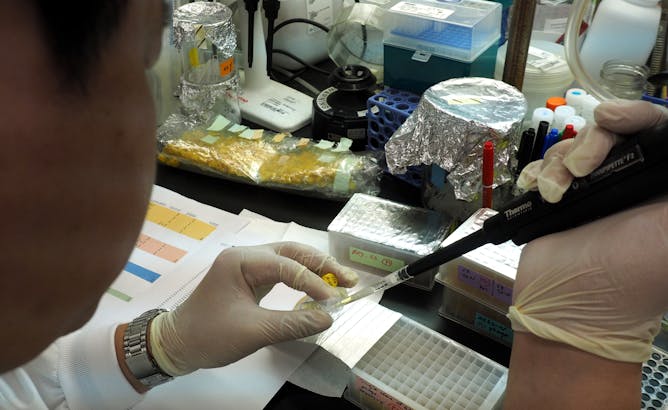




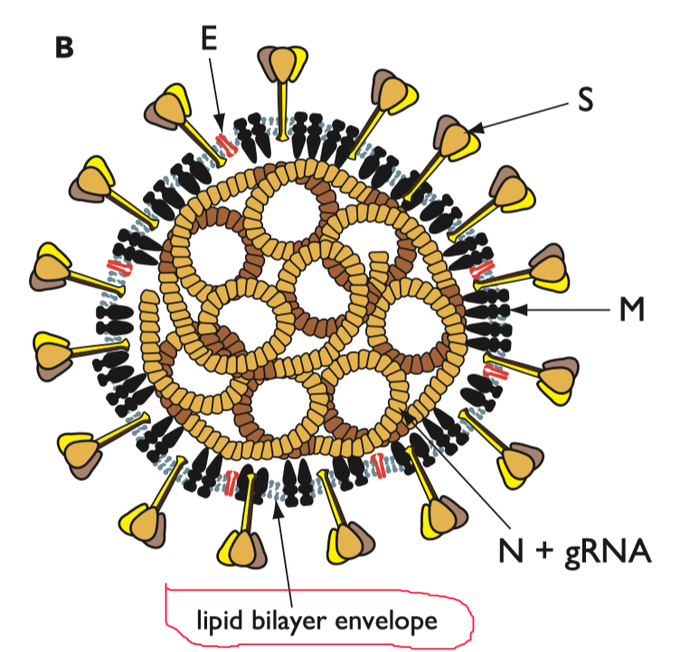
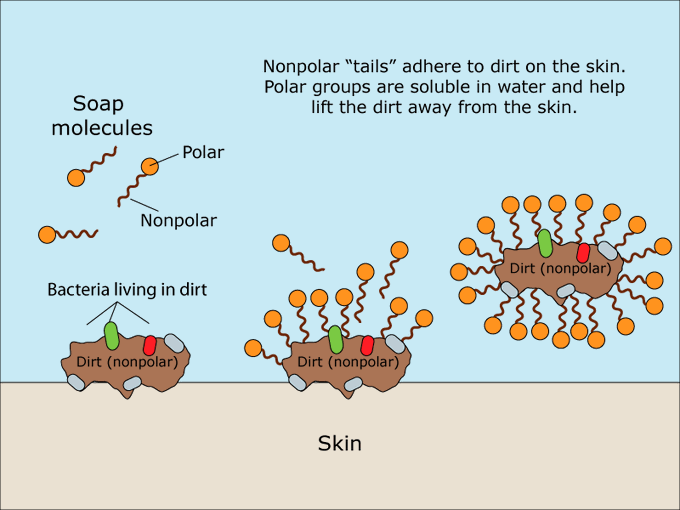
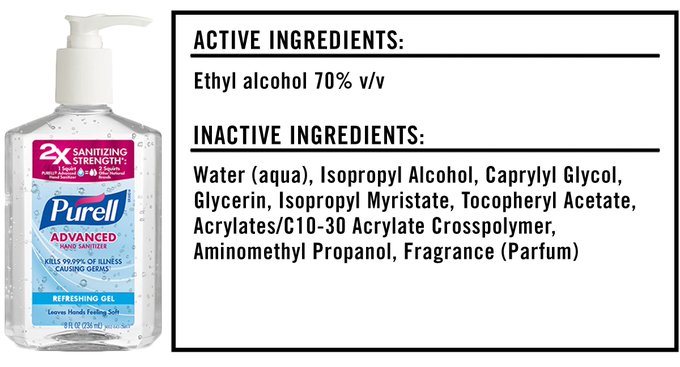

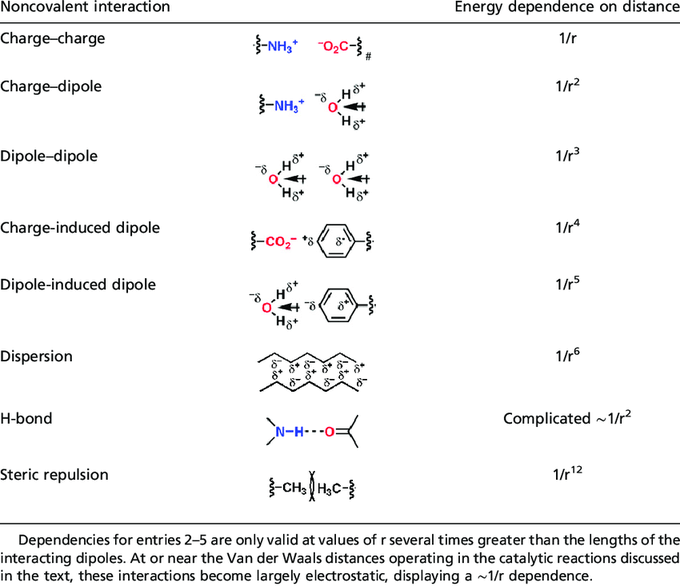
![This photomicrograph reveals lung tissue pathology due to SARS. This image shows pathologic cytoarchitectural changes indicative of diffuse alveolar damage, as well as a multinucleated giant cell with no conspicuous viral inclusions. By CDC/Dr. Sherif Zaki [Public domain], via Wikimedia Commons 94416839-89125.jpg](https://largecontent.ebsco-content.com/embimages/ddabed0f0d8aa2d7c5f086685ab535e2/5e7d5dd8/ers/sp/embedded/94416839-89125.jpg)

